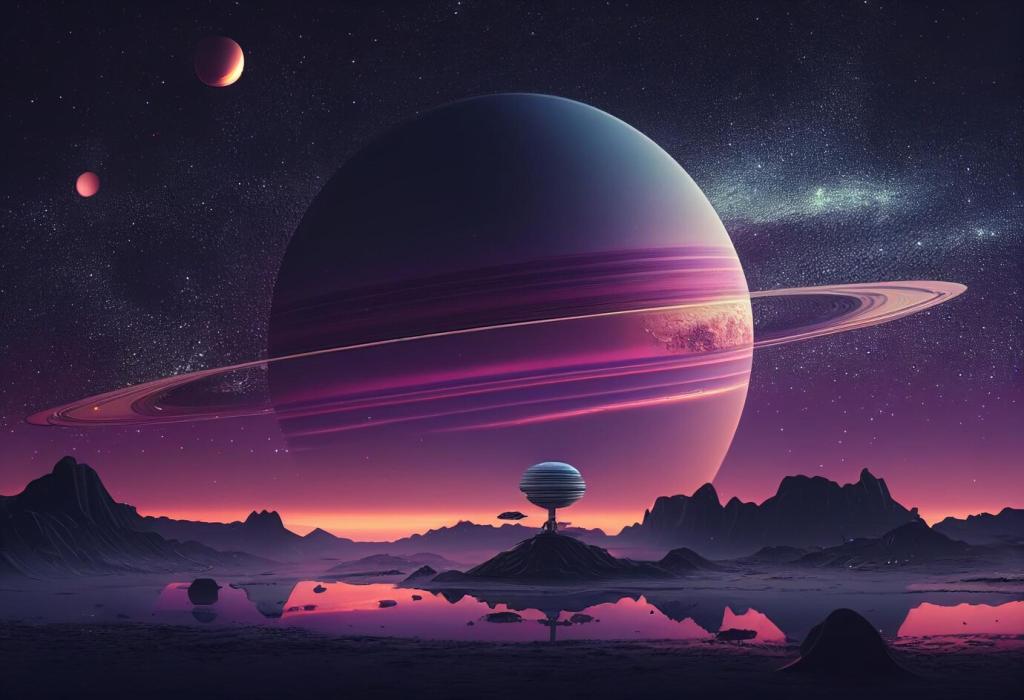
Welcome to Revolutionary Cosmic Phenomena
Chosen theme: Revolutionary Cosmic Phenomena. Step into a universe in upheaval, where strange signals, singing spacetime, and shadowy horizons are redrawing the map of what we know. Subscribe and join the conversation as discoveries accelerate.
Gravitational Waves: Ripples That Rewrite Physics
From Silence to Symphony
In 2015, a delicate chirp from colliding black holes swept through LIGO’s detectors, an upsong that traveled 1.3 billion light-years. Einstein’s century-old prediction leapt from chalkboards to headphones, and astronomy’s textbooks began shifting.
The Rubber Sheet That Sings
Imagine a taut tablecloth with marbles swirling; their dance wrinkles the fabric. Now scale that to galaxies, and the fabric is spacetime itself. Passing waves subtly stretch and squash reality, a revolutionary rhythm our instruments can finally hear.
Join the Listening
Want to hear the universe hum? Follow open alerts, compare waveforms, and ask questions in the comments. Tell us which cosmic duet moved you most, and subscribe for fresh signals and explainer threads.


A World Holding Its Breath
When the first image of M87’s black hole appeared, scientists cried, baristas paused espresso shots, and classrooms erupted. The glowing doughnut was not dessert; it was history—a portrait painted with synchronized telescopes across Earth.
Spinning Darkness
The brightness asymmetry in the ring whispers about spin and frame-dragging, where spacetime itself is tugged by rotation. These shadows let us test gravity’s extremes, probing horizons where equations flirt with infinity.
Sketch Your Shadow
Imagine your own black hole: pick a spin, tilt the disk, tweak the plasma. How would the shadow skew? Share your sketch ideas and questions, and subscribe for breakdowns of the latest imaging campaigns.

Magnetars and Stellar Extremes
A giant flare in 2004 briefly rattled our magnetosphere and saturated spacecraft detectors. It was a cosmic throat-clearing from a magnetar across the galaxy, reminding us that stellar tantrums can echo through our backyard.
Early Universe Clues and Inflation Hints
COBE whispered the first faint ripples, WMAP refined the symphony, and Planck etched exquisite detail. These maps of the cosmic microwave background reveal ancient temperature wrinkles that seeded galaxies, including ours.

A Flash and a Goldsmith
When neutron stars collide, the kilonova aftermath can mint gold and platinum. One event, GW170817, turned telescopes worldwide in unison, tying gravitational waves to a glittering chemical origin story.
Chasing Afterglows at Dusk
Afterglows cool fast; you either move or miss the show. Amateur observers have helped pinpoint fading embers, proving revolutionary discoveries thrive when curiosity outpaces sunset.
